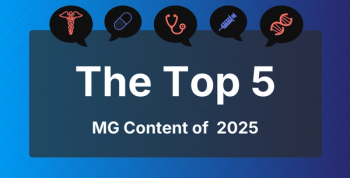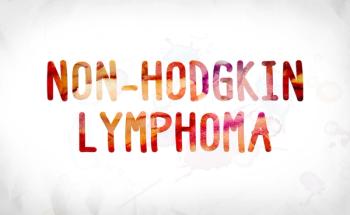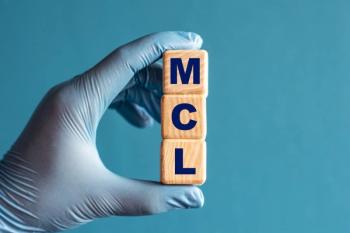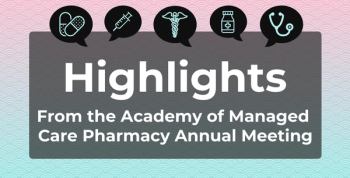
Interventions to Advance Equity in Pediatric Cardiovascular Care
Key Takeaways
Only 4% of NIH prevention projects target health disparities, revealing a major gap between equity research and real-world implementation.
A growing body of evidence shows that
In the words of Keila N. Lopez, MD, MPH, director of transition medicine in pediatric cardiology and associate professor of pediatrics at Baylor College of Medicine, “We talk about lifespan health disparities and that they exist, and then we talk about how they exist, and did you also know that they exist and continue to exist?” Although there is a lot of conversation around social determinants of health, very little third-generation research has been done.
At the
From Observation to Implementation: How Research Can Drive Policy
Lopez argued that equity research must intentionally connect to health policy. Nearly half of all US children are
In response to ongoing funding cuts and grant terminations, Lopez encouraged researchers to frame health equity as beneficial to everyone when writing grants, not just the underserved patients they’re trying to target. “That means, when you're writing your grants, when you're doing your proposals, you need to talk about how health equity matters for everyone,” she emphasized. “We already know this. Focus on the everyone part of this to be able to get our grants funded.”
Pediatric cardiology can learn from adult cardiovascular research, Lopez added, which has made greater strides in translating findings into policy. “If we do not figure out how to translate our research to policymakers and figure out ways to speak with them, we will never be able to have a seat at the table,” Lopez warned. “We will never be able to have agency with our patients and with policymakers and have funding for our research.”
Research also shows that financial hardship remains a persistent burden for families navigating pediatric heart disease. In
Embedding Advocacy in Everyday Practice
At AHA 2025, Lopez called on clinicians to engage in advocacy at every level, including within their own institutions.1 Pediatric cardiologists, she noted, have some of the lowest patient referrals to the Make-A-Wish Foundation—while hematologists and oncologists are referring children at a 76% rate, cardiologists are only referring 33%. Increasing these opportunities for patients and their families can improve well-being and strengthen trust in the health care system beyond the clinic.
“If you're competitive, and I know that you all are because you're pediatric cardiologists, remember this is an opportunity to even just bring advocacy for joy for your patients,” Lopez said. “It’s a small task.”
On a broader level, fostering a culture of advocacy means integrating equity into both research and training. Health equity is now a formal part of pediatric cardiology curricula, but Lopez emphasized that embedding these principles requires everyday practice changes, ensuring interpreter access, accommodating families’ needs, and using research data to shape policy.
To move the field forward, Lopez said every study must consider 2 core questions: does this research improve equity for all patients, and does it have policy potential? Equity-driven research, she emphasized, must be designed to drive system-level change, not simply document persistent gaps.
“Is this research allowing me to then use this platform and the data that will be generated from the research to then speak with a policymaker? If it doesn't, you should consider adding aspects that perhaps will allow for that to happen,” Lopez concluded.
References
- Lopez KN. Advancing equity in pediatric cardiovascular care: overcoming barriers to access. Presented at: AHA 2025 Scientific Sessions; November 7, 2025; New Orleans, LA.
- Jeremias S. Childhood insurance dynamics predict Medicaid cuts will widen gaps. AJMC®. September 24, 2025. Accessed November 8, 2025.
https://www.ajmc.com/view/childhood-insurance-dynamics-predict-medicaid-cuts-will-widen-gaps - Ludomirsky AB, Bucholz EM, Newburger JW. Association of financial hardship because of medical bills with adverse outcomes among families of children with congenital heart disease. JAMA Cardiol. 2021;6(6):713-717. doi:10.1001/jamacardio.2020.6449
Newsletter
Stay ahead of policy, cost, and value—subscribe to AJMC for expert insights at the intersection of clinical care and health economics.







































